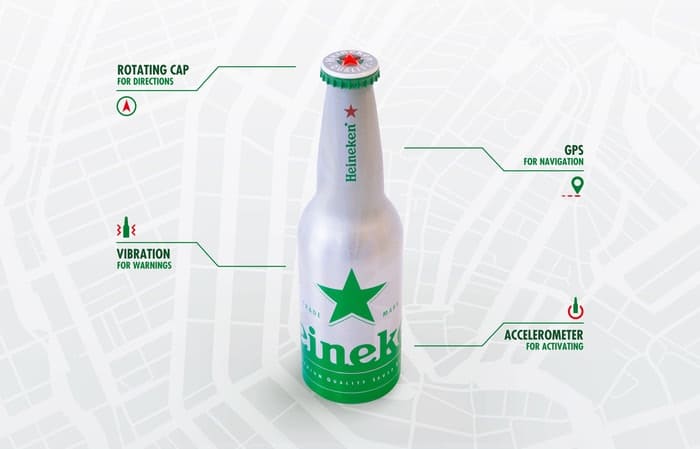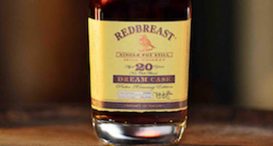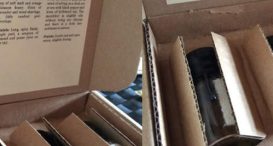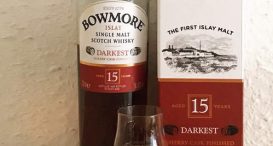Advances in Packaging Technology
let’s begin
Some people hear ‘packaging’ and envisage mollycoddled Easter Eggs and enough plastic to make the film 2012 a 2016 reality.
But just like for every Daily Mail there is any other newspaper, there are plenty of intelligent alternatives to boxes the size of the first ever PC, couriering an iPod Nano.
Packaging advances in the alcoholic drinks industry are second to none, and here at Great Drams we’ve plucked a few of our favourite futuristic encasements;
Seal Sensors
As if the alliteration weren’t enough to have you hooked, this invention by Diageo for the Johnnie Walker Blue Label, in collaboration with Thin Film Electronics, exposes counterfeits.
The bottle uses finger sensor tags to determine whether a bottle is sealed or tampered with, with just the tap of a smartphone. Diageo is the Q to whisky lovers’ Bond.
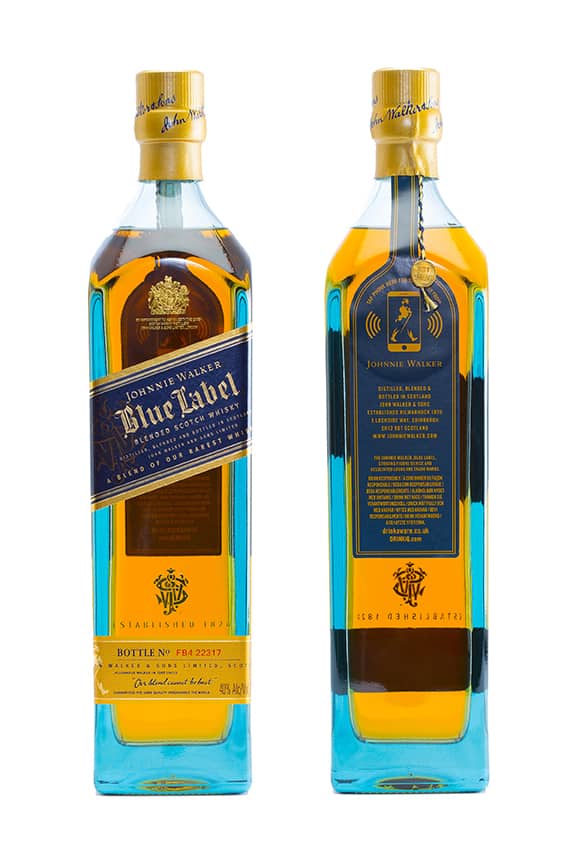

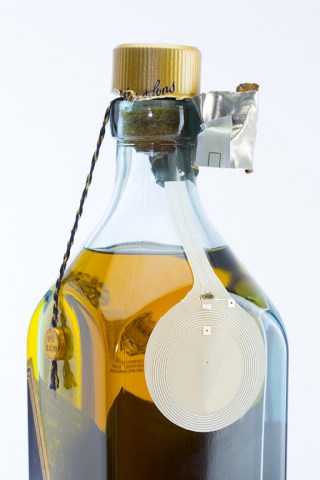
image credit businesswire
Keep it Cool
You know you’re onto something when your drink contains the same components as a Bentley. Swedish brand DQ’s vodka bottle is made up of nine separate, hand assembled parts, which include a rather fetching aluminium rod.
The rod is made at the same factory as Bentley’s coolers, and ensures that the vodka remains ice fresh, long after its exit from the freezer.
Leaving it in the freezer is probably equally as effective, but will seduce nowhere near as many people.
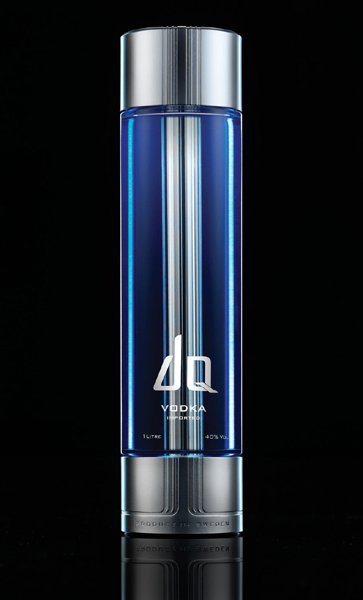
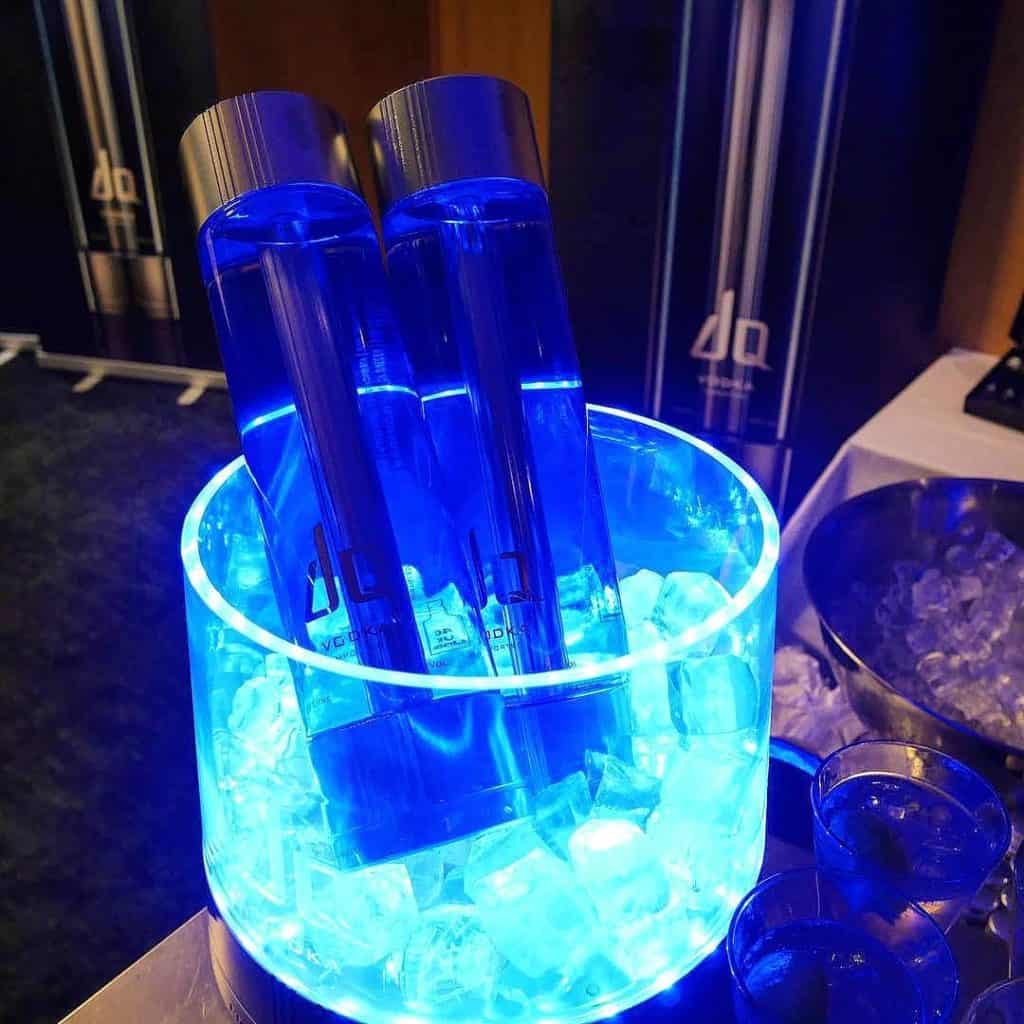
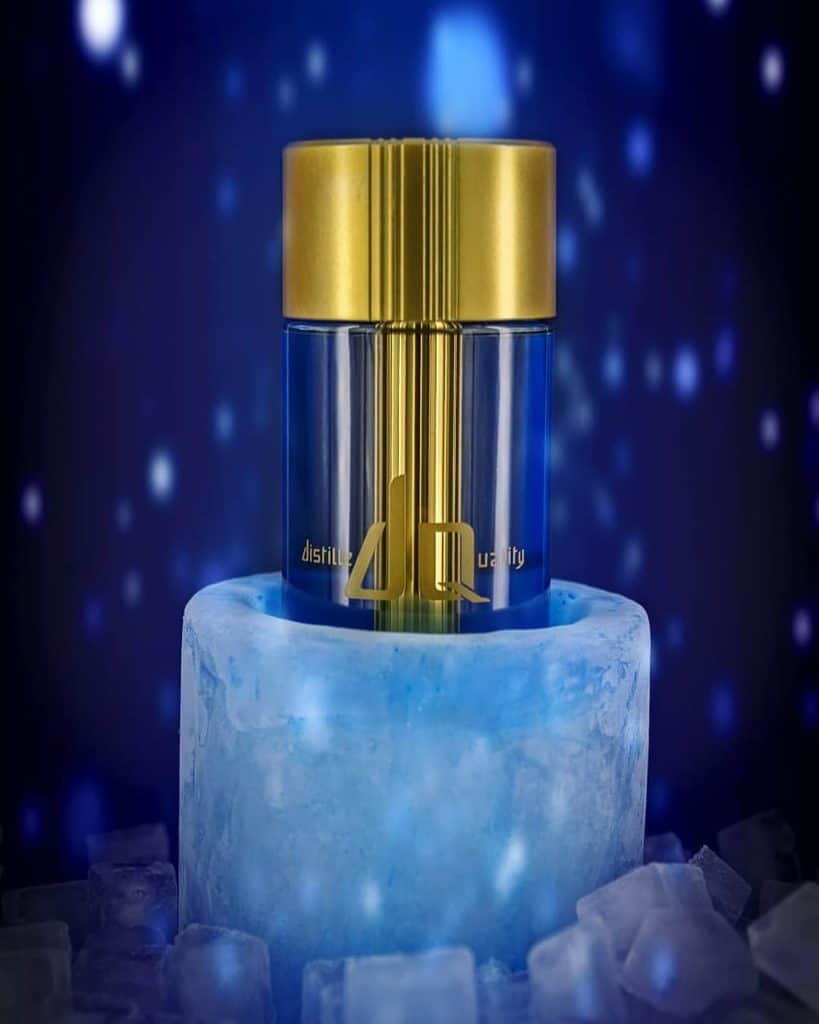
image credit DQvodka
Oak Bottle
Canadian entrepreneur Joel Paglione has made a bold statement with his Oak Bottle which claims to enhance whisky, brandy and tequila. The wooden container allegedly adds all of the flavour of traditional barrels, in less than 48 hours.
Various denominations of the Oak Bottle have been created, with infusions such as cherry, coffee and citrus. While this ’shortcutting’ may make some traditionalists weep, it also puts the maturation process in the hands of the consumer.
Who doesn’t love to be in the driving seat?

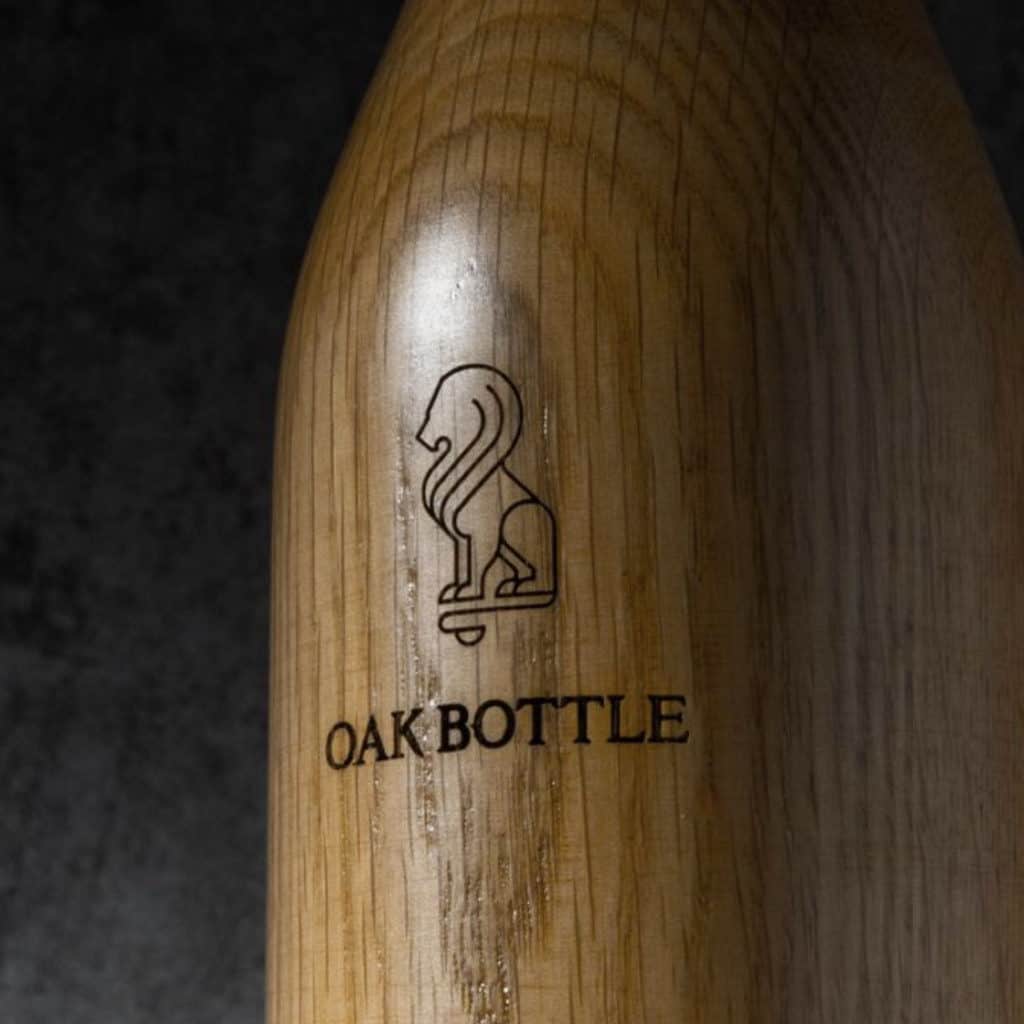
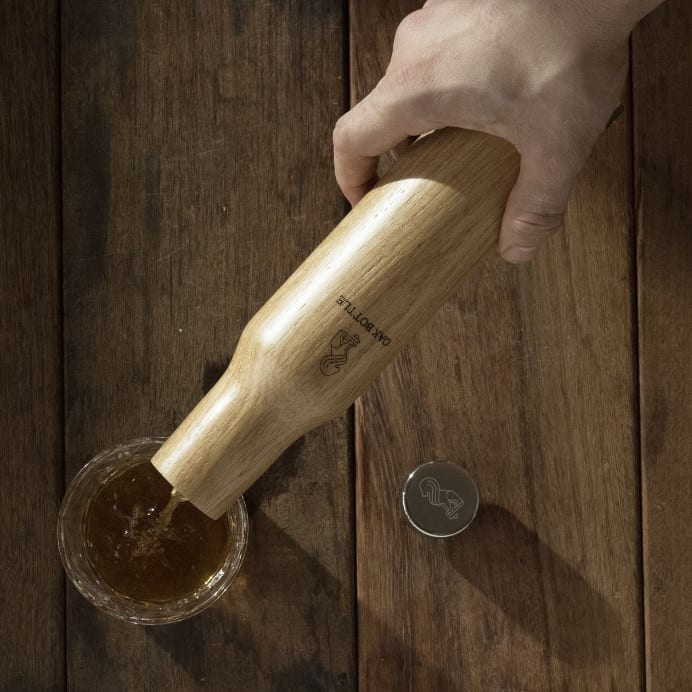
image credit oakbottle
Whisky Elements
This mechanism is along the same lines as Oak Bottle, but with the mentality of “why bother with a half a tree’s worth of wood, when you can just chuck a stick in there?”
As well as saving habitats, Whisky Elements claims to turn young whisky into ‘top shelf stuff’ in just 24 hours. The wooden stick is available in oak, vanilla, maple, smoky and peaty varieties and claims to add the equivalent of 3 years of maturation. The stick itself is crafted from barrel staves, so we’re not talking MDF either.

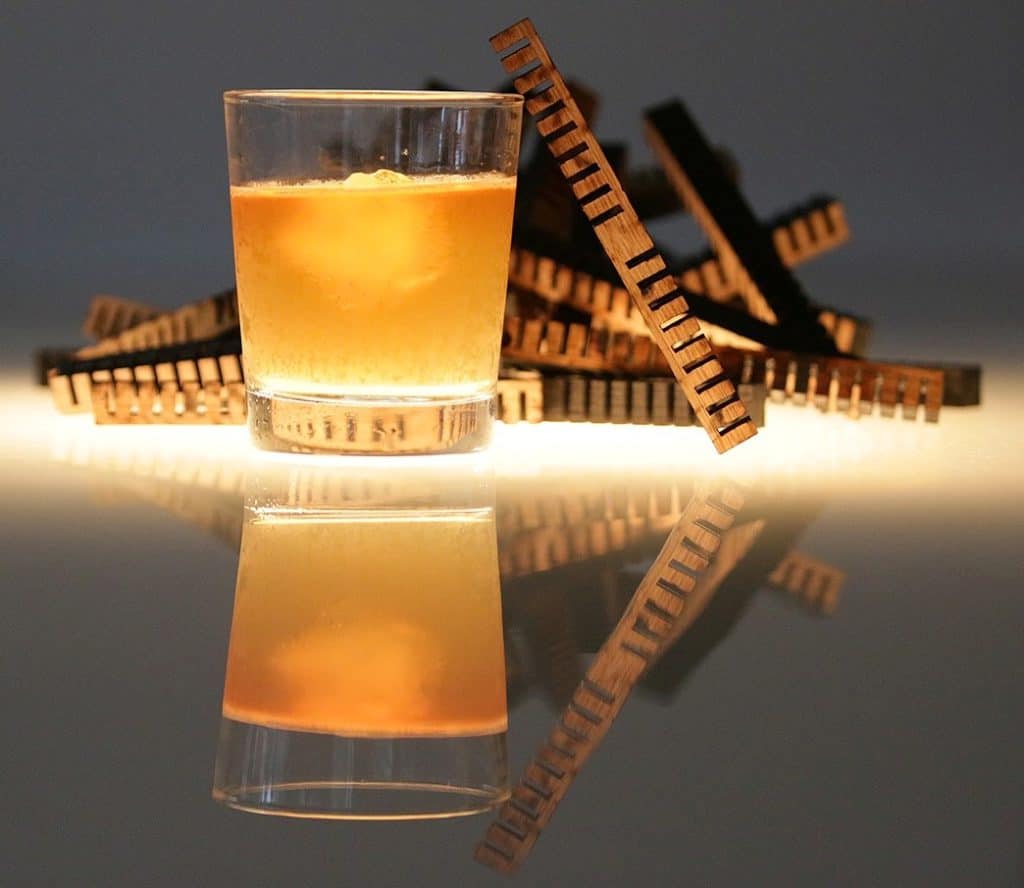

image credit timeandoak
Bone Conduction Technology
Despite a name suggestive of advances in the torture trade, bone conduction technology is actually used by Johnnie Walker’s Boldest Glass to transmit music into the drinker’s ear. Supposedly, tiny vibrations travel through the lower jaw, and patter unique audio which enhances the brain’s perception of the drink.
Diageo described the product as an “industry first” which links drinks and music in an “intimate fashion”.
While this still sounds concerningly like brainwashing, I think you’ll agree it’s inspired.
Bluetooth LEDS
This advancement has almost no practical use, but every ounce of flair you could wish for.
Medea Vodka launched the smartphone app earlier this year which enables users to create their own customised messages to appear on an LED strip which hugs the bottle.
Texting just got subbed.
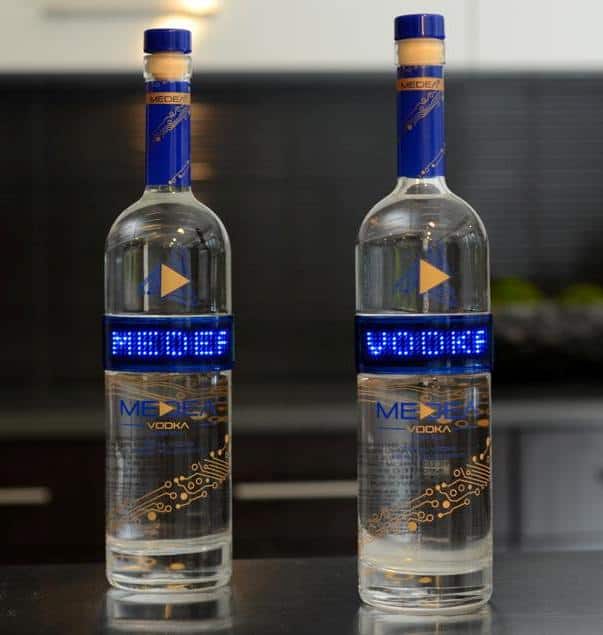

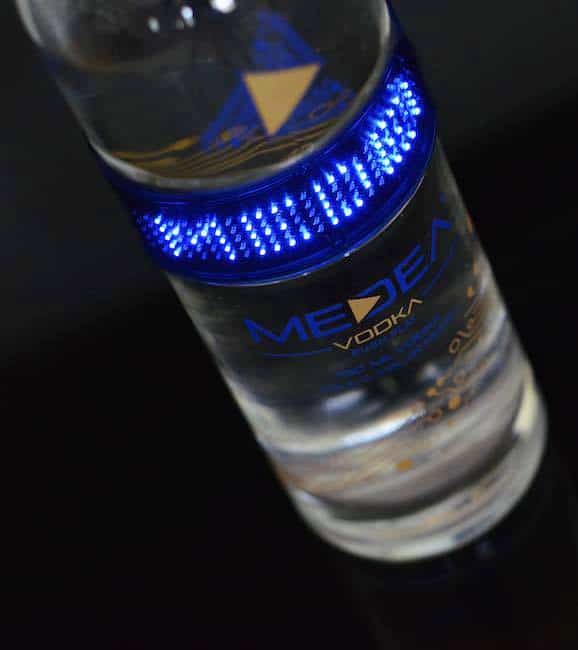
image credit medeavodka
Electroluminescence
In a similar train of thought, designers at Parker Williams have created a glowing ‘night time’ bottle for Ballantine Finest Whisky in which the ‘B’ is highlighted by electroluminescent technology.
Better still, light pulsates through the entire label, causing the drink to stand out from the blurry generics of a bar. The pulsating glow is also designed to echo soundwaves, and therefore whichever song and mood dominates the dancefloor, whether it be Led Zeppelin or Celine Dion .
Apparently this design also keeps the whisky fresher for longer…whether this is because people get through it more quickly, is yet to be confirmed.
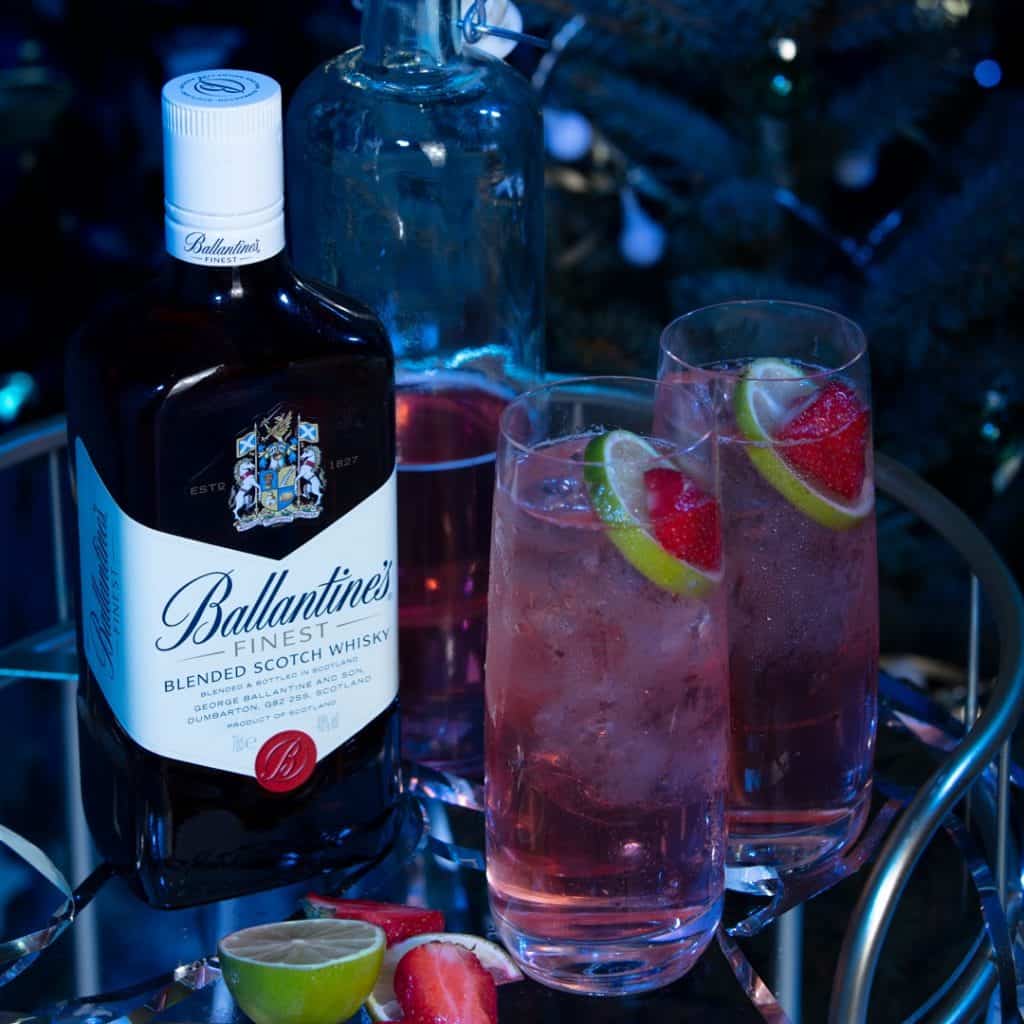
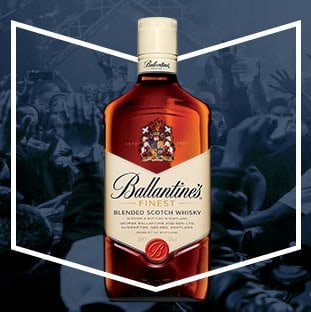

image credit Ballantine’s
Upside Down Bottle
After the luxurious experimentations of Ballantine, the Upside Down Bottle does seem a touch more gimmicky. But who has time to grab a glass, when you can turn the container upside down and have a flagon ready to go?
Glass Closure
Corks have been used to close whisky bottles for centuries, but corking has been bugging us for just as long.
While the porous aspect of corks adds a desirable aspect of ‘gas-exchange’ to wine, there is no reason to deal with this nonsense in whisky.
Master of Malt cottoned on to this, and have introduced a glass closure which not only looks slick, but is also airtight thanks to a thin rubberised seal. Sort of like Spanx for bottles.
Check out the two experimental Bruichladdich 12 year olds, guinea-pigs to the glass cap, to decide whether their bums look good in it.

Peak Whisky
Manchester based designer Katherine Smith came up with this stackable bottle which maintains the freshness of whisky, for reasons we don’t really understand. Compact shapes have something to do with it.
It looks good, it stays fresh, we like Katherine.
Paper Wine Bottles
Whilst this might sound like a terrible idea, so did commissioning Geordie Shore.
Lightweight, unbreakable and it keeps the wine cool, this innovation by Truett-Hurst Inc. in collaboration with Stranger & Stranger has been a hit.
PaperBoy is composed of the moulded outershell of a wine bottle, made from recycled cardboard with a (presumably fundamental) plastic liner inside. The packaging recyclable and is 85% lighter than a glass bottle, making it ideal for campers, hikers and people flying on budget airlines.

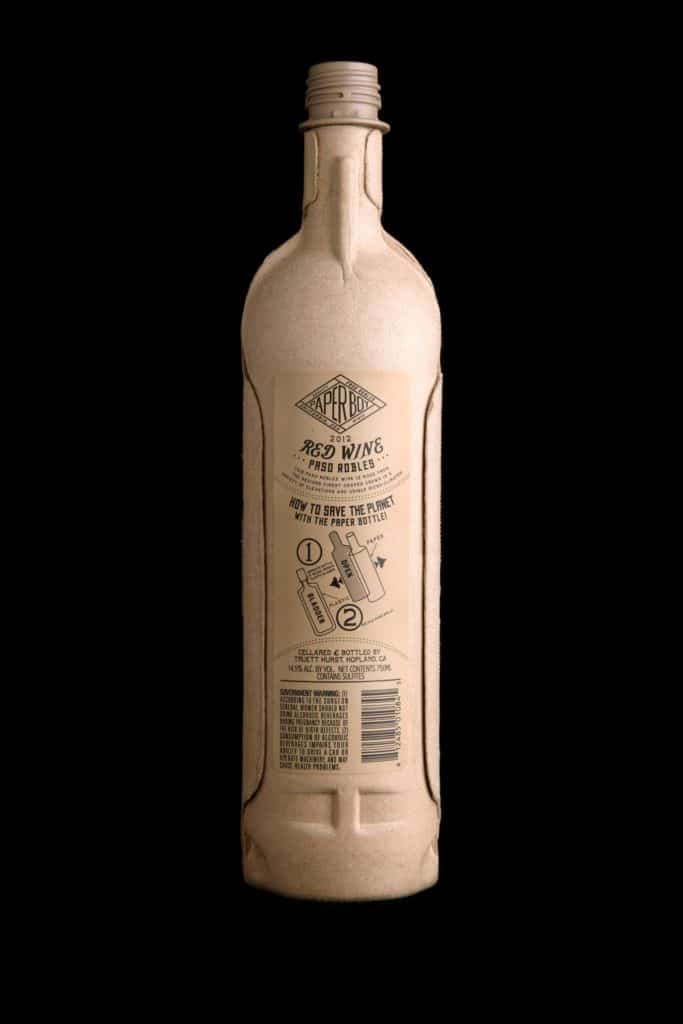
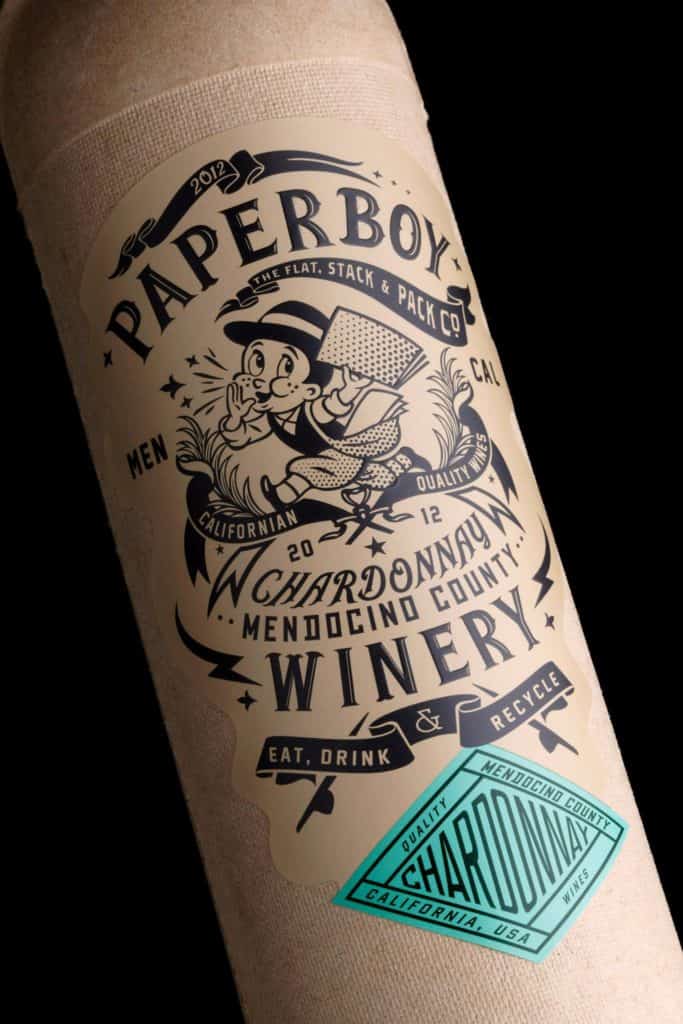
image credit strangerandstranger
GPS Bottles
Heineken may have taken the biscuit here.
The brand placed several Heineken bottles around Amsterdam which, when picked up, would take their new owner on a historical and cultural tour of Amsterdam using flash light GPS, a rotating bottle cap and vibrations. Cleverly, the tour culminates at
The Heineken Experience.
Beer taking you to more beer; if that’s not branding, we don’t know what is.
From taste enhancement and image revamps to launching industry firsts to conquer counterfeiting with digital devices; packaging is anything but arbitrary.




